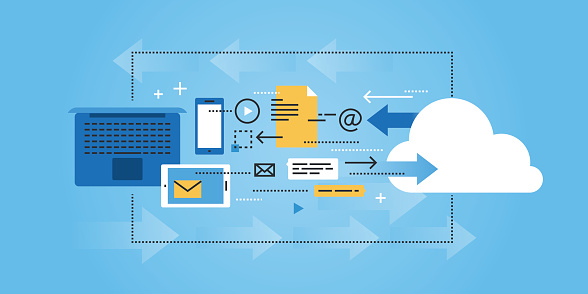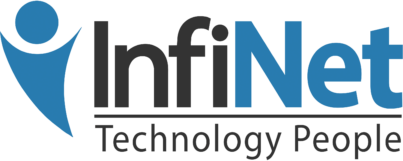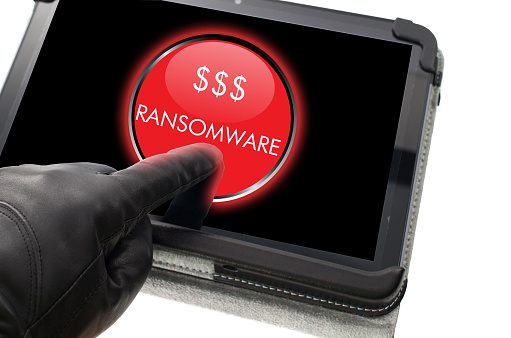How Hybrid Solutions Can Revolutionize Your Infrastructure
Many modern day businesses that seek to leverage modern technology to their advantage have a very important decision in front of them when it comes to the cloud. They can either choose to invest heavily in the public cloud due to its cost savings and ease-of-use, or invest in the private cloud for a little more emphasis on things like security and control.
One factor that is making this choice easier than ever before is the emergence of a THIRD cloud-based platform that blends the benefits of both into one convenient package – the hybrid cloud. Embracing a hybrid IT infrastructure with open arms has the potential to revolutionize the way your business uses technology in more ways than one, bringing with it a host of different benefits that can’t be ignored.

What is the Hybrid Cloud/Hybrid IT?
As the name suggests, the hybrid cloud is essentially a combination of an internal, private cloud with an external, public one in an effort to support a particular business outcome. Taking a “one size fits all” solution to a cloud-based infrastructure has the potential to do more harm than good, particularly when it comes to cost. You may need the superior control, oversight and security that only a private cloud can bring for 30% of your data – but what about the other 70%? Do you really want to invest heavily in building your own private cloud to protect terabytes of worthless emails that are only going to be deleted soon anyway?
For situations like these, a hybrid IT infrastructure is a huge benefit in nearly all of the important ways. IT organizations can offer customers the speed, the access to capacity and the price of an external cloud, all while still maintaining the security and scalability of an internal one.
The primary goal of the hybrid IT infrastructure is a simple one. Internal clouds are used to house critical IT services, meaning the data and applications that your organization cannot survive without. Everything from client records to legacy applications and other resources are still available anywhere thanks to the freedom of the cloud, but they’re stored internally to keep everything within arm’s reach at all times. Non-critical IT services and data, on the other hand, are stored in the external cloud in an effort to increase agility.
The Benefits of Hybrid Solutions
The major benefit that hybrid solutions bring to the table that you wouldn’t get by picking only a public or private cloud is one of customization. As a business continues to grow and evolve, its IT and general infrastructure-related needs tend to change frequently. Locking yourself into a private cloud now may prove to be a needless expense as you pivot into another vertical in six months or a year and no longer need something quite so advanced. Likewise, going “all in” on a public cloud could cause you to run into issues as your clientele changes, particularly if you need to start thinking about things like compliance that the public cloud isn’t really built for.
Hybrid solutions become the best possible way to not only secure your data, but to also “future proof” your entire infrastructure to survive any dynamic technological shift you may go through. Your business selects the cloud service that fits your specific requirements TODAY and can easily ramp up or ramp down as necessary when those needs change tomorrow and beyond.
InfiNet Solutions is the trusted choice when it comes to staying ahead of the latest information technology tips, tricks, and news. Contact us at (402) 895-5777 or send us an email at [email protected] for more information.
How Hybrid Solutions Can Revolutionize Your Infrastructure Read More »


